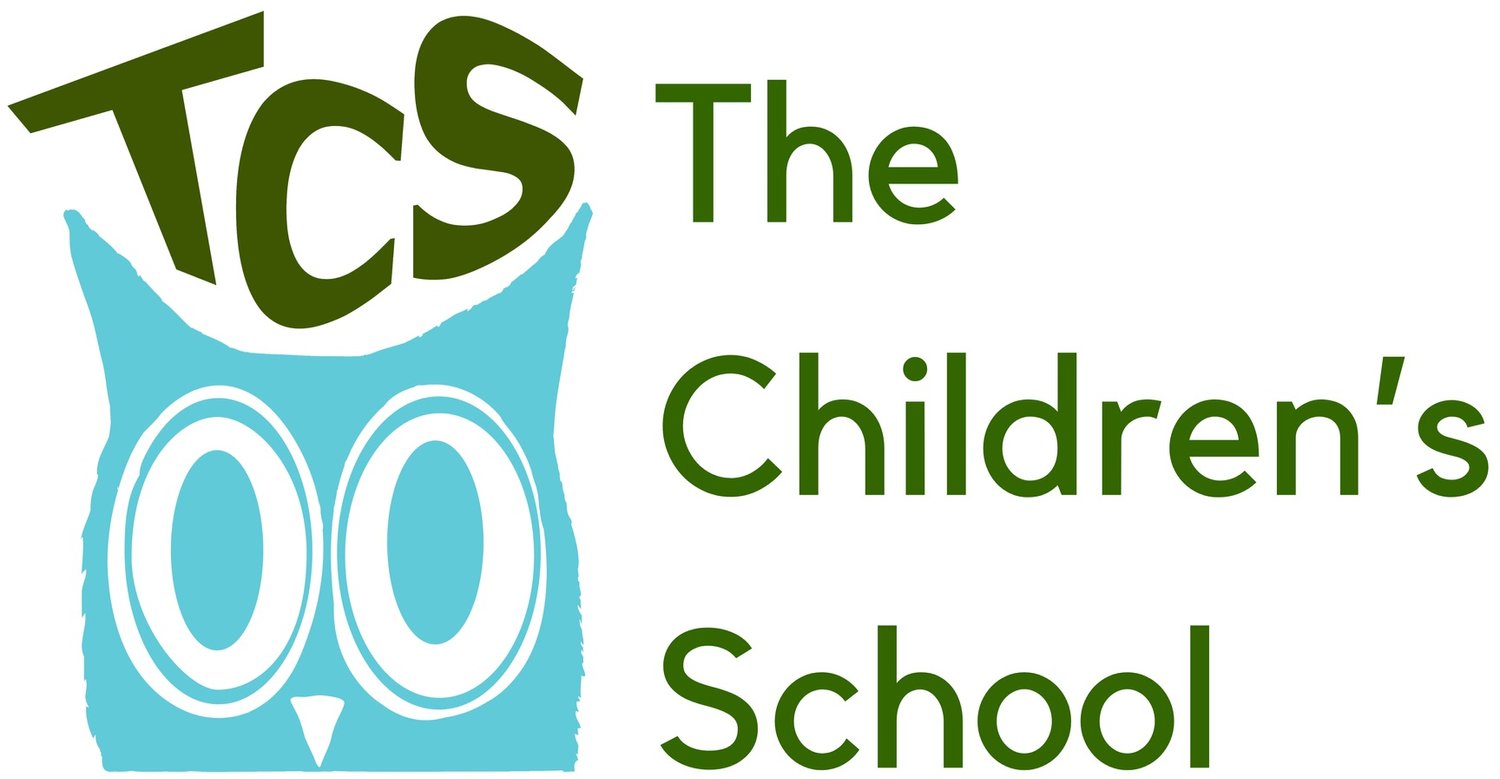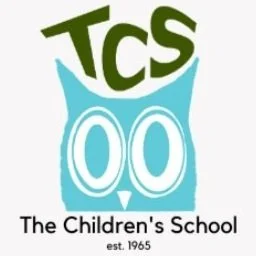October is Attention-Deficit/Hyperactivity Disorder (ADHD) awareness month. If you, like me, were in school in the ‘90s you may think of ADHD, or its predecessor Attention-Deficit Disorder (ADD) as primarily appearing in unruly young boys who couldn’t sit still. Growing up, I was probably the opposite of that, an academically-inclined girl who would rather curl up with a book than play outside. Still, in my late 20s I was diagnosed with ADHD and I had to re-evaluate many assumptions I had.
Growing up, certain tasks were more difficult for me but I also loved my imagination and creativity. Many people and professionals are now moving away from viewing ADHD as a disorder and taking on a neurodiversity affirming approach (1). This means looking at ADHD as a natural variation in brain structure and development that adds to the beautiful diversity of humanity. Just like other traits, such as being tall, there are benefits and challenges. You can reach things on the highest shelf but are more likely to bump your head on that door frame. For me, my brain is constantly buzzing with interesting thoughts but it can be distracting when I need to focus.
ADHD is a difference in brain structure and development, largely related to the frontal lobe. The frontal lobe is responsible for executive functioning, such as planning, decision making, organization, time management and attention (2). Though we don’t know for sure what causes ADHD, we see differences in the size and development of brain structures, brain connectivity and chemical differences (3).
An estimated 7 million (11.4%) U.S. children aged 3–17 years have been diagnosed with ADHD, according to a national survey of parents using data from 2022 (5). Boys are twice as likely to be diagnosed as girls (6) but that does not necessarily mean that it occurs less frequently in girls (7) as we see similar rates among adult men and women. Many women, like me, are diagnosed later in life. Having a more comprehensive understanding of ADHD will help to identify and support children earlier.
The DSM is the definitive guidebook for diagnosing mental health disorders in the US and much of the world. It treats things like ADHD and Autism as disorders that have symptoms and need treatment. It is important to be familiar with this because it is what many mental health services and professionals, insurance reimbursements and school accommodations are based on.
In the DSM, there are 3 subtypes of ADHD: hyperactive, inattentive and combination. Of course, everything exists on a spectrum and nothing is ever as clean cut as these simple definitions imply. ADHD-I is characterized by difficulty regulating attention including daydreaming, forgetfulness, losing things and overlooking details. ADHD-H is characterized by impulsivity and movement. It can show up as difficulty sitting still and restlessness and also excessive talking and impatience. ADHD-C is a combination of these two types, with some or all traits of the other two (4). The stereotype of a hyperactive young boy fits ADHD-H but many of my behaviors, daydreaming, perfectionism and distractibility fit perfectly with ADHD-I.
A more neurodiversity affirming approach is to look at the ADHD neurotype and to use neutral language to describe its characteristics. The ADHD brain tends to be hyperconnected, to focus on a small number of things at a time (monotropism), to be open to sensory inputs (holotropic sensory gating) and to need novelty and variety. ADHD-ers tend to be driven by interest rather than importance. Our brains tend to release dopamine for things we are genuinely interested in, whereas other people get dopamine from accomplishing things that are externally important (8). Many of the reasons people with ADHD struggle are not inherent to the ADHD neurotype but because they are functioning in situations not built for them. For example, I often focus better when I am doing something with my hands, such as knitting, even though to an outside observer it would look like I am more distracted.
When we view ADHD as a different neurotype rather than a disorder, it is easier to see the benefits as well as the challenges. I already mentioned my creativity and imagination, which are commonly noted positive traits of ADHD, as are energy, curiosity, adventurousness and hyperfocus (7). It is impossible to separate myself from ADHD, it is just part of how my brain works.
If you or someone you know has ADHD, you can embrace the beauty of their differences while still understanding that things can be challenging and finding ways to make them easier. Medication is a tool that is very effective for some people. Other successful strategies work with the ADHD neurotype and can vary by person. Here are some examples that work for me:
Set a time limit for a boring or unappealing task: set a timer for 20 minutes to answer emails or pick up 20 things in the living room.
Liven up a task: listen to music or a podcast. Pretend your bedroom is a rockship ready to take off but everything needs to be safely stowed before it can.
Go with the flow: rather than being rigid about the order, just try to make forward progress. Do two problems from each homework sheet instead of finishing one top to bottom, put away one thing from each room rather than trying to get a single room tidy
Get a buddy: Some people love a competition but for me, just joining someone else in an activity, even if we’re not talking at all, ups the interest level and helps keep me focused.
Use sensory supports: Sensory supports include providing more stimulation, like knitting for me or fidgets or limiting it, like noise canceling headphones. I love loud music for mindless tasks like dishes but when I really need to focus, even the lyrics distract me so I use background noise apps like https://noises.online/.
Whatever strategies you try, focus on strengths first and use those to develop ways to address challenges. Remember, however someone’s brain is wired, they are unique and wonderful. TCS strives to be a neurodiversity affirming preschool and to acknowledge and celebrate the differences in each other!






